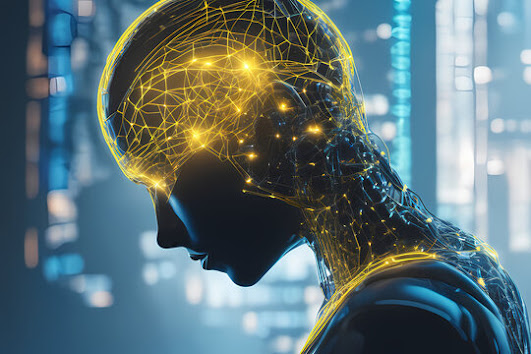Formal problems in biomechanics
typically involve applying mathematical and physics principles to analyze and
solve complex biomechanical scenarios. These problems often require a deep
understanding of human movement, forces, torques, energy, and motion analysis.
Here are some examples of formal problems in biomechanics:
1.
Joint Forces and Torques: Calculate the forces and torques
acting on a specific joint during a particular movement, such as knee forces
during squatting or shoulder torques during overhead throwing.
2.
Muscle Moment Arms: Determine the moment arms of muscles around a joint
to analyze their mechanical advantage and contribution to joint movement and
stability.
3.
Center of Mass Calculations: Calculate the center of mass of a
body segment or the whole body in different positions to understand balance,
stability, and movement coordination.
4.
Impulse-Momentum Analysis: Use impulse-momentum principles to
analyze the forces and accelerations involved in a specific movement, such as
jumping, running, or throwing.
5. Energy Expenditure Calculations: Calculate the energy expenditure
during different activities or exercises based on metabolic equations, work
done, and power output.
6. Gait Analysis: Analyze the kinematics and kinetics of human gait to assess
walking or running patterns, joint angles, ground reaction forces, and muscle
activations.
7. Projectile Motion: Solve problems related to projectile motion, such as
calculating the range, height, velocity, and angle of projection of a thrown
object or a jumping athlete.
8. Mechanical Work and Power: Calculate the mechanical work done
and power generated by muscles during specific movements or exercises, such as
lifting weights or cycling.
9. Stress and Strain Analysis: Analyze the stress and strain
distribution in bones, tendons, or ligaments under different loading conditions
to assess injury risk and mechanical properties.
10. Biomechanical Modeling: Develop biomechanical models to simulate and analyze
complex movements, such as sports techniques, rehabilitation exercises, or
ergonomic tasks.
These formal problems require a
combination of theoretical knowledge, mathematical skills, data analysis
techniques, and critical thinking to derive meaningful insights into human
movement mechanics and performance. By practicing formal biomechanical problems
and applying analytical approaches, researchers, practitioners, and students
can deepen their understanding of biomechanics and enhance their
problem-solving abilities in this interdisciplinary field.


Comments
Post a Comment